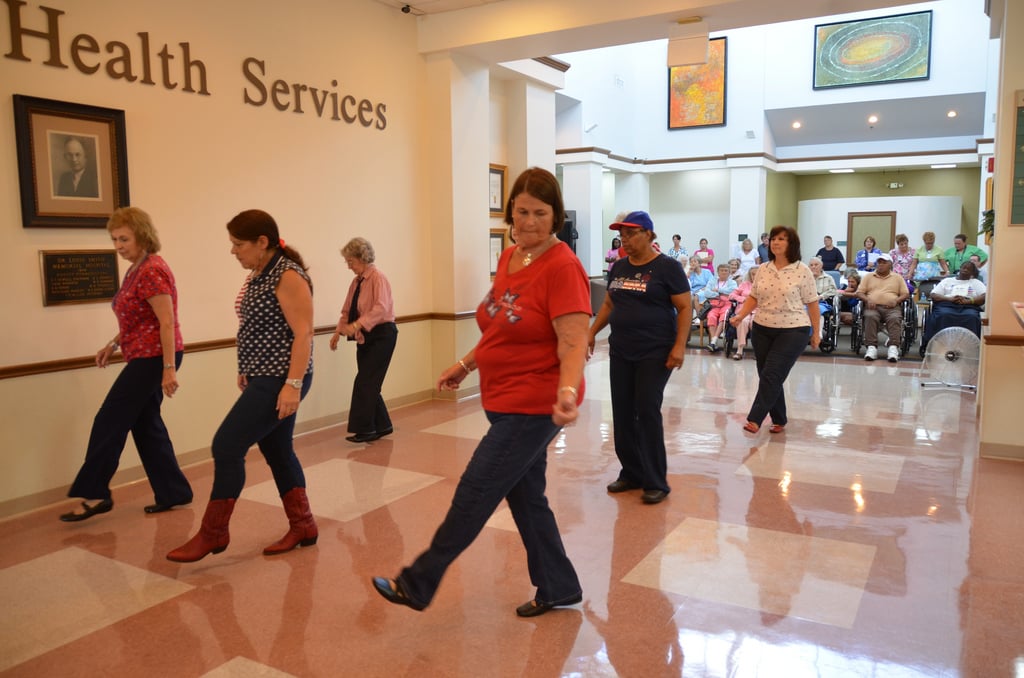
Photo: Judy Baxter (CC by NC SA 2.0)
Healthy evidence
A breakthrough in the way that arts in health programmes are developed and researched is set to transport arts activity into the health research mainstream. Tim Joss explains the power of the new AESOP 1 framework.
Everyone working in the arts knows the power of the arts to transform lives. You know it through your own experience. And you know it from witnessing your projects’ effect on audiences and participants. For a long time this has been enough to justify the awarding of public funds: powerful anecdotes, expressions of belief and testimonials from beneficiaries backed up by audience and participation data. No longer. Later than many other departments of national and local government, culture is being called to account. The research community and Arts Council England (ACE) are responding. The Arts & Humanities Research Council has its cultural value project. The University of Warwick has created the Warwick Commission on the Future of Cultural Value. King’s College London is developing Culture Case to translate robust academic research into forms more easily accessible to practitioners and decision-makers. And only last month ACE published ‘The value of arts and culture to people and society – an evidence review’.
Health professionals generally see arts activities as nice-to-have services but not essential for a good health system
But we have ground to make up. Here are three reasons why. First, evaluation tools have evolved and entered the mainstream for appraising health policy and raising the quality of public decision-making. As a Department for Culture Media and Sport report acknowledges, the same is lacking in cultural policy. Second, the government last year awarded £120 million to a new organisation, the Education Endowment Foundation. It is championing the commonly accepted gold standard for evaluation, ‘randomised control trials’ (RCTs). This is where you have a group who participate in an activity and another who do not (a control). You make sure that joining one group or the other is not rigged (randomised). You can then measure the effect of the activity. RCTs in the arts are extremely rare. Finally, we should not assume that, just because we have great anecdotes, testimonials and audience figures, an arts activity achieves real change. Examples abound of common sense interventions which do not work. Toughened beer glasses do not reduce injuries in pubs. Sending children into prison to meet lifers does not reduce offending rates later in life. Both of these were tested using RCTs. So what can the arts sector do itself to prepare for this new pressure to generate robust evidence? And what can be done now, rather than waiting for the fruits of the cultural value projects led by academia?
These were the questions I asked myself last year, and I had a breakthrough with health and wellbeing. Health is trialling drugs all the time. But, I wondered, how does it evaluate community health or preventative activities where the whole human being is involved – their culture, attitudes to health, educational background, ethnicity and so on? It turns out that in health jargon these are called ‘complex interventions’ and the Medical Research Council helpfully published in 2008 revised guidelines for developing and evaluating complex interventions. It’s a tough read for someone outside health research but it seemed highly relevant. Health professionals generally see arts activities as nice-to-have services but not essential for a good health system. No arts activity has been rolled out in the NHS. Guidelines from the National Institute for Health and Care Excellence (NICE) talk about "secure consistent, high quality, evidence based care for patients using the National Health Service"; they make no mention of the arts (apart from one small example of art therapy’s effectiveness in the treatment of schizophrenia).
The breakthrough is this: think of an arts activity in health as a complex intervention. This does not deny the uniqueness of the arts, but it immediately transports the arts activity from the fluffy periphery into the health research mainstream. Working with 40 professionals in the field (practitioners, researchers and funders from arts and from health), we created the AESOP 1 framework for developing and researching arts in health programmes. AESOP 1 takes you through all the aspects of developing and researching an arts in health programme. At each stage, you are invited to place on a scale from 1 to 5 where you have got in your development/research journey. You can then total this to arrive at the research strength of your activity, and you have clear help on what steps you should take to increase the research strength. Together with the framework are two worked examples by Tenovus, the Welsh cancer charity, and endorsements from the artist Bobby Baker and Professor Dame Sally Macintyre who was one of the authors of the MRC guidelines. There are filmed interviews too, and a forum and glossary. Your feedback and comments would be very welcome.
Tim Joss is Director of the Rayne Foundation and a social and cultural entrepreneur.
www.raynefoundation.org.uk
www.artsinhealth-framework.org
Join the Discussion
You must be logged in to post a comment.